The Diary Game - Better Life 13 August 2021
WHAT İS TEXTİLE
This article, which contains more in-depth information about the history of textile, will firstly learn what textile means and provide us with real clues. The word “textile” is derived from the Latin word “texere” meaning “weaving”. Textile refers to a flexible material made with a web of natural or artificial fibers known as yarn.
Textiles are created by weaving, knitting, crocheting, knotting and interlacing fibers.
HISTORY OF TEXTILE
The history of textile is almost as old as human civilization. Textile has enriched itself as time progresses. B.C. In the 6th and 7th centuries, the earliest recorded indication of fiber use came from the discovery of linen and wool fabric in excavations of Swiss lake dwellers. In India, traces of silk culture can be traced back to A.D. It was found in 400 BC. In addition, traces of cotton material are found in BC. It dates back to 3000 years. In China, silkworm breeding and the discovery of the spin silk technique date back to the 4th century BC. It started in 2640. BC in Egypt. In 3400, yarn linen and the art of weaving emerged. The discovery of various synthetic fibers such as nylon has created a wider market for textiles. Gradually improved natural fiber resources were discovered, transferred to a powerful system of transport and communication facilities. Localized skill between countries has led to the rapid progress of textile art.
HISTORY OF TEXTILE IN COUNTRIES
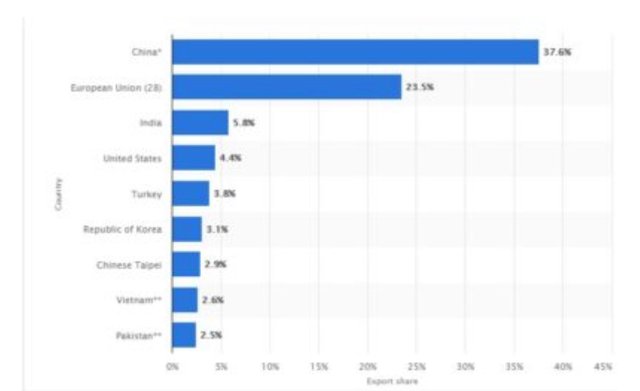
Export share of textile industry in 2018
TEXTILE IN TURKEY
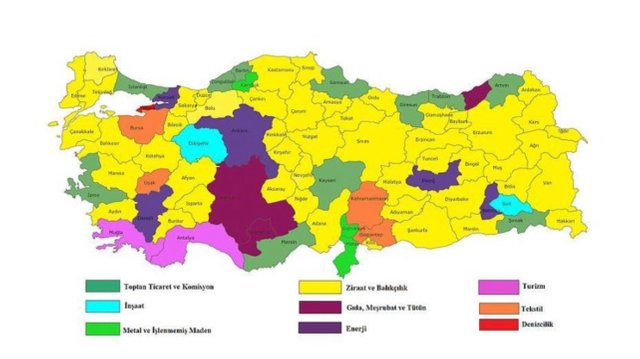
Turkey economic activity map
Turkey, which dates back to the Ottoman Empire and has a long history in textile production, continues to be an important country in the global textile and apparel industry. In 2017, the textile industry accounted for about four percent of the country's total exports. With this statistic, Turkey has become the fifth textile exporter in the world. The sector continues to show signs of growth without slowing down. The value of exported textile and apparel products has more than doubled since 2000. Most of the textile and ready-made clothing products produced in Turkey were imported by Germany, England, Spain and Italy. Thanks to these countries, which are in the top four in textile exports, the textile industry has reached serious figures. Turkey has exported over 10 billion dollars to these four European countries in 2016.
TEXTILE IN INDIA
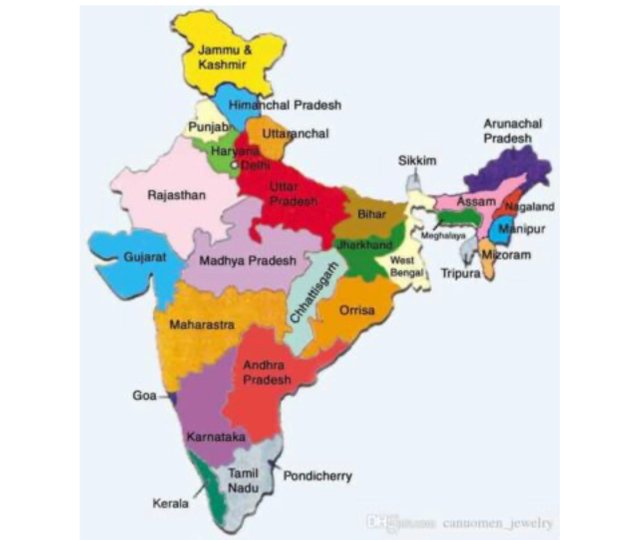
india textile map
Indian textile has a rich heritage. The origins of the textile industry in India can be traced back to the Indus Valley Civilization, where people began using household cotton to weave clothes. Rigveda, one of the oldest contents, contains literary information about textiles. This work contains artistic expressions about weaving. The Ramayana and the Mahabharata are outstanding Indian epics. These works also tell us about the existence of a wide variety of fabrics in ancient India. These epics refer to both an opulent garment worn by aristocrats and ordinary simple garments worn by ordinary people. Contemporary Indian textile not only reflects the glorious past but also meets the requirements of modern times. In addition, India continues to produce products that create global fashion in the field of knitted fabric.
TEXTILE IN JAPAN
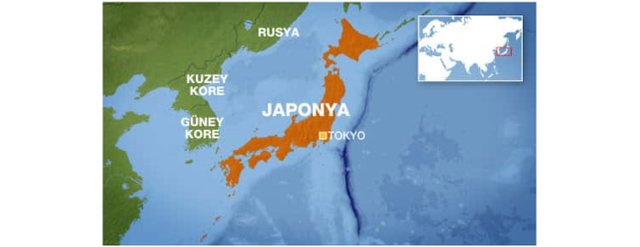
japan textile map
In 1869, when the capital of Japan was Kyoto, it became Tokyo with an official decision. Since this date, the weaving tradition of the Nishijin Textile Center, which is the heart of Japanese textiles, has faced the danger of extinction. With the Industrial Revolution, Nishijin weavers integrated modern technology into their ancient textile arts. This practice started to grow with the new capitalist economic policies of Japan in 1890. The textile art of Japan during the Edo period and subsequent Meiji periods (1868-1912) displayed a cultural diversity and remarkable artistic skill. Japan has aimed for excellence in the field of textiles and continues to work towards achieving this goal.
TEXTILE IN CHINA
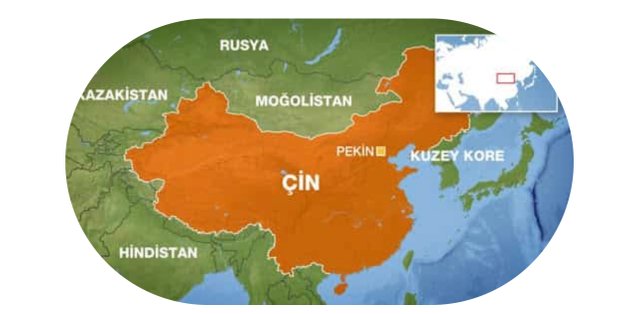
china textile map
China has an excellent heritage in the textile industry. It has reached a significant market share in the global textile trade in the past and today. Chinese textile is an integral part of its heritage, with its world-renowned quality and deep symbolic meanings. Textiles symbolically reflect Chinese tradition and culture. Textiles in China are often closely associated with well-being. This sector has a place in the rituals of the market. The extraordinary love of parents for their children is reflected in the excellent clothes that are gifted to children at traditional festivities. These garments are made by blending expensive materials and excellent craftsmanship.
TEXTILE IN AFRICA
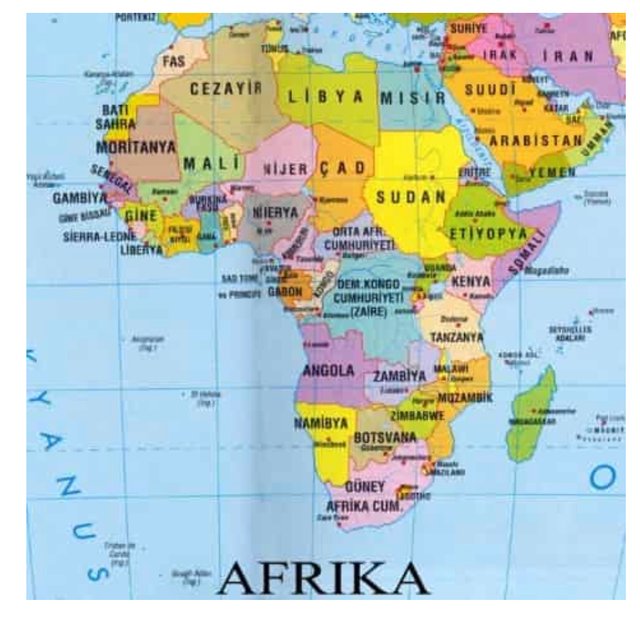
textile map in africa
In these times, textiles developed in Africa in an interesting way. A type of cloth was used as currency. The width of the fabric strip is standardized in every region of Africa. This cloth was distributed equally by the tribal chiefs for use by all for medicinal purposes. The natives had a limited number of standard-length strips of fabric to make bandages. This fabric, which is found in the same amount for everyone, later started to be used as a currency. Cloth emerged as a convenient form of money because it was used by everyone, highly durable and easily divisible. African weavers, dyers and other textile artists have worked together to create an elegant and surprising range of textiles. They played an active role in the development of textile. Textiles belonging to African culture embody various styles. Adinkara, kente, and bogolan are some of the increasingly popular African textiles. African textiles also feature styles that are known by terms such as yoruba, ase-oke and adire and are not much known globally.
@steemitCryptoAcademy